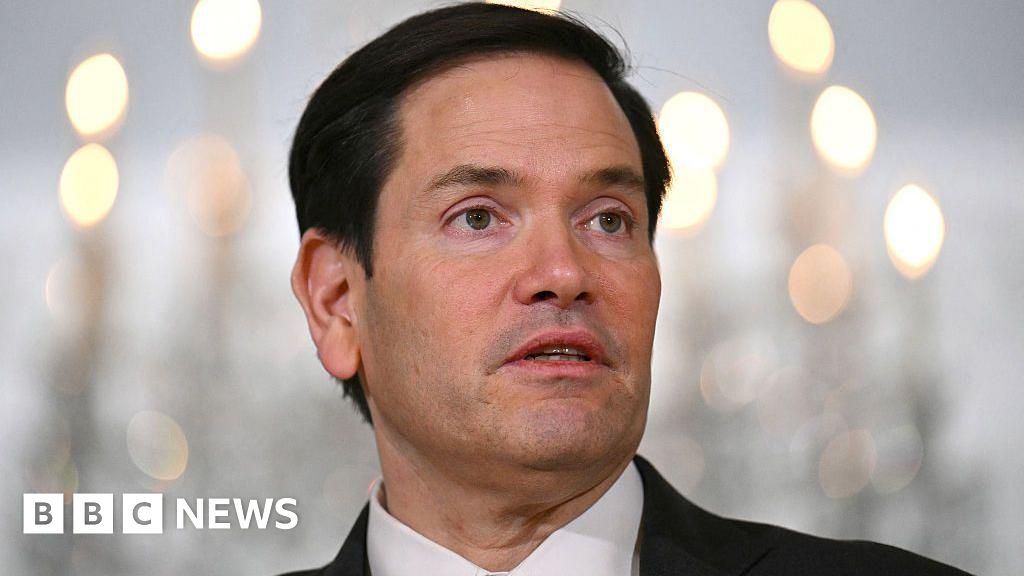Employers are getting sick of rising healthcare costs, but recent actions by Congress and the states may leave them feeling even more ill.
That’s the prognosis dished out by Ilyse Schuman, senior vice president of health policy for the American Benefits Council.
Schuman, a keynote speaker last week at the annual Health & Benefits Leadership Conference in Las Vegas, addressed two key drivers of rising healthcare costs for employers and the role Congress and the states are playing in this closely watched and expensive battle.
And expensive it is. Global healthcare costs, for example, are anticipated to rise 10% in 2023, marking the highest level in nearly 15 years. And 78% of 257 insurers surveyed by Willis Towers Watson expect higher or significantly higher bump-ups over the next three years.
Double trouble pushes healthcare costs up for employers
Employers and their employees are facing rising healthcare costs due to, one, a lack of transparency with pharmacy benefit managers (PBMs) and, two, a lack of competition in the healthcare industry, says Schuman.
Regarding PBMs, these companies—assigned to manage prescription drug benefits on behalf of insurers in the healthcare industry—are accused of lacking transparency on how they set pricing. Meanwhile, allegations are surfacing of anti-competitive practices, both of which are catching the eye of Congress and the Federal Trade Commission.
There are seven PBM bills working their way through Congress, including the Pharmacy Benefit Manager Reform Act. Schuman notes both Republicans and Democrats are taking aim at PBMs, especially the rebates structure and its complexity and opaqueness.
In addition to PBMs, Schuman also pointed to anti-competitive practices by hospitals and healthcare organizations that are driving up healthcare costs with employers.
She notes 83% of voters say it is a priority for Congress to address hospital mergers and the purchases of physician practices.
“This is a big deal. I think this is one of the biggest drivers of healthcare costs,” Shuman says. “Hospital spending is the largest component of healthcare spending increases and it really has largely been driven by a lot of consolidation in the hospital and healthcare marketplace.”
It comes down to the simple economics of supply and demand, as fewer competitors means costs go up, she notes.
The consolidation of hospital systems is not just a case of hospitals buying other hospitals, but it is also extending to hospital systems buying physician practices. And that, in some cases, can jack up the cost of visiting the doctor.
“Normally, you would go to your long-standing physician and get billed at a physician rate. A hospital system comes in, buys the physician’s office, puts a different sign on the door and now it is part of the hospital’s outpatient system,” Schuman says. “Guess what? You’re now paying more because it’s a hospital outpatient site and it comes with a hefty facility fee on top of that.”
Patients, as a result, are left paying more for the same exact thing at the same exact site, Schuman points out. This is driving Congress to look at site-neutral payment reform, she says.
Anti-competitive contracting terms between group health plans and providers is also an area Congress is reviewing, she adds, noting employers are facing restrictions in the ability to make changes to the design of their healthcare benefits even if a lower cost and higher-value provider are found.
States take increasing action, with ERISA preemption a target
With Democrats controlling the Senate and Republicans the House, Congress is facing gridlock on a number of healthcare issues and policies, resulting in states ramping up their activity in healthcare legislation, Schuman says.
This can have an impact on the federal Employee Retirement Income Security Act (ERISA) preemptions, which prohibits state laws from regulating employer-sponsored health benefits.
States are increasingly eroding ERISA and that could have huge implications for employers’ self-funded healthcare plans, she notes, adding that states are seeking to have a say in healthcare plan designs of employer-sponsored plans.
Mental health
With 90% of American Benefits Council members saying addressing the mental health crisis is a top priority for their organization, many were happy to see the Coronavirus Aid, Relief, and Economic Security Act (CARES) allow HSA-eligible high-deductible health plan (HDHP) enrollees be able to have telehealth services covered without having to first meet their deductible. Last year, Congress extended this provision in the act for another two years.
But what employers want is to make this a permanent offering versus relying on Congress to keep extending it. Recently, bipartisan legislation was introduced to do just that, Schuman says.
“This is a really great policy,” Schuman says. “It’s a great tool to help expand access to mental health but we need the permanency of it.”
Credit: Source link







![[LIVE] XRP Price Prediction: John Deaton Says $100B Ripple Valuation Is Possible – Here’s What That Means for XRP [LIVE] XRP Price Prediction: John Deaton Says $100B Ripple Valuation Is Possible – Here’s What That Means for XRP](https://cimg.co/wp-content/uploads/2025/06/25113258/image-132-1-1024x580.jpg)



